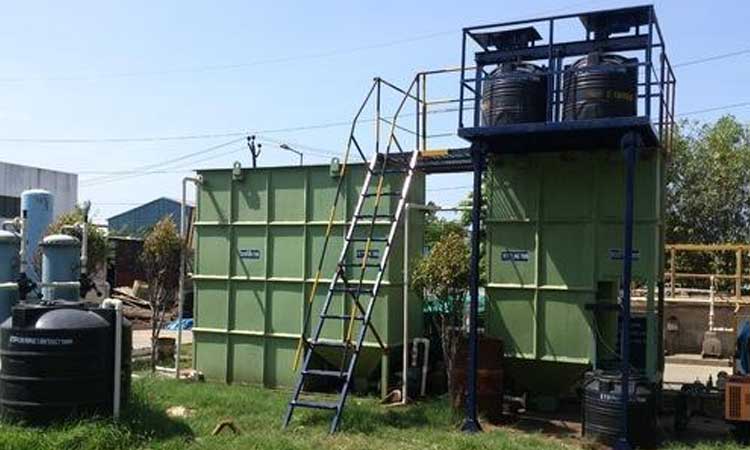
ETP Resolving the Wastewater Problem in the Iron and Steel Industry
The iron and steel industry is one of the most important industries, the principal driving force to move the economic and technological growth of the country. ETP resolving the wastewater problem in the Iron and Steel Industry. In this article, you will find the different wastewater treatment methods used in the industry. But we will give information on the usage of Effluent Treatment Plant as a wastewater treatment method adopted by the Iron and Steel Industry. Please go through the whole article and try to develop an understanding of the topic.
In India, nearly 25 to 60 cubic meters of water are used to produce one metric ton of steel. These statistics tell about the backdrop of the water shortage the world is already facing. It is imperative to have radical progress in water treatment technologies. To minimize freshwater consumption and shift towards zero effluent discharge. The development of innovative technologies to treat waste from various industries is an alarming concern for us. Industrial wastewater treatment includes the mechanisms used to treat wastewater that is produced in industries. Conventional low-cost treatment options like coagulation can be coupled with membrane-based separation techniques, creating an integrated technology that is robust, simple to operate, and produces premier quality.
After wastewater treatment, the effluent may be reused or released to surface water in the environment. The focus has been given on reducing such production or recycling wastewater within the production process. However, it depends upon processes that produce wastewaters. Every year approximately 1.8 million people die due to suffering from waterborne diseases. The leading cause of these deaths can be indirectly attributed to improper sanitation. Wastewater treatment has to be taken more seriously for the betterment of society.
Nothing is softer or more flexible than water, yet nothing can resist it.- Lao Tzu
Workings of RO
Wastewater treatment involves the removal of contaminants from wastewater as well as household sewage to produce waste stream or solid waste suitable for discharge or reuse. An Effluent Treatment Plants or (ETPs) is a plant where industrial effluents are treated. Industries use it to purify water and remove toxic and nontoxic materials from it. All industries use these plants for environmental protection. Without this treatment, it won’t be possible for humans to get clean, usable water. ETP plays a vital role in treating industrial wastewater as well as sewages generated from households. Effluent treatment plants help both small and medium sized industries by treating the effluents generated at their facilities.
According to my perspective, selecting treatment methods for effluent should optimize various parameters like toxicity level and contaminants discharge standards. It is essential for steel plants where alloy preparation units yield to set up effluent treatment plants. Research needs to be undertaken to develop a broad spectrum technology for treating effluents from the different sections. Accordingly, energy and cost considerations have to be balanced. Alternative energy sources such as solar cells can be done with the separation process ensuring further energy saving and environmental benefits.
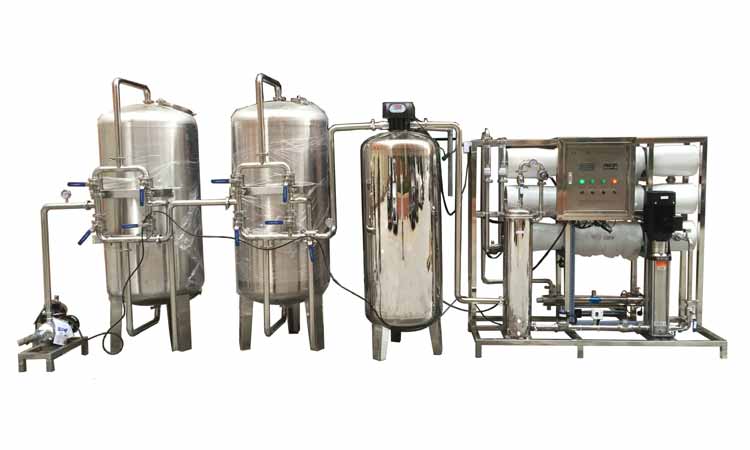
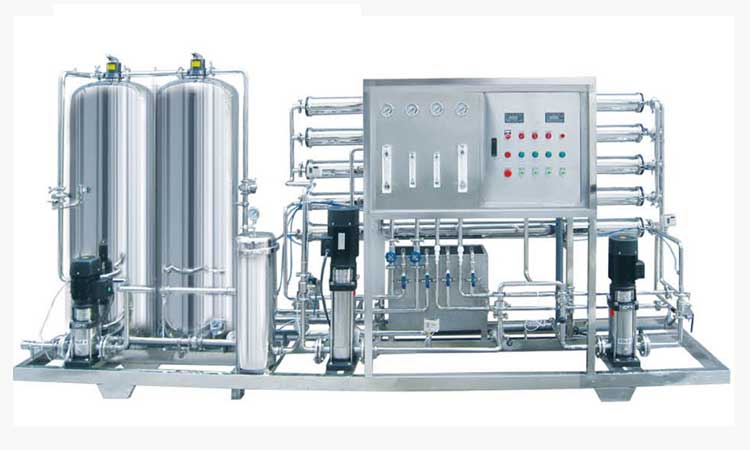
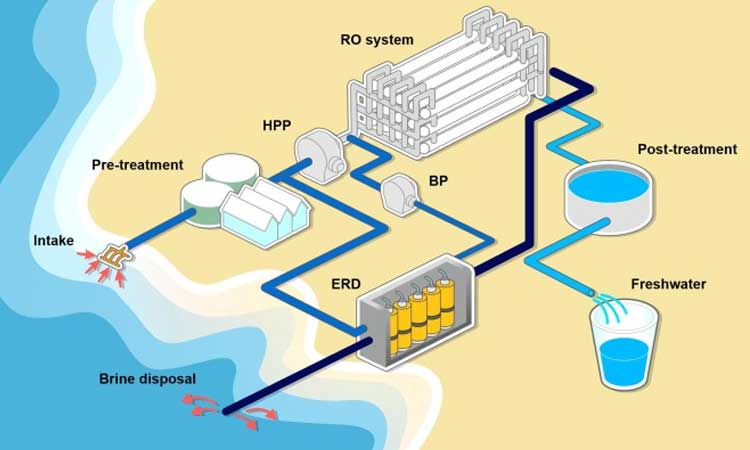
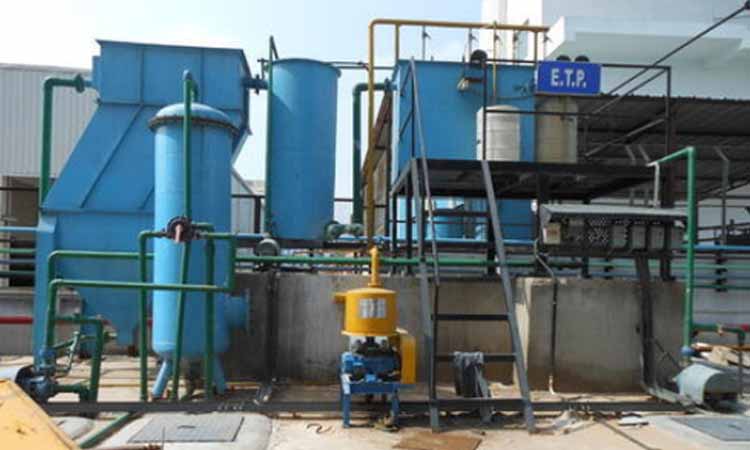
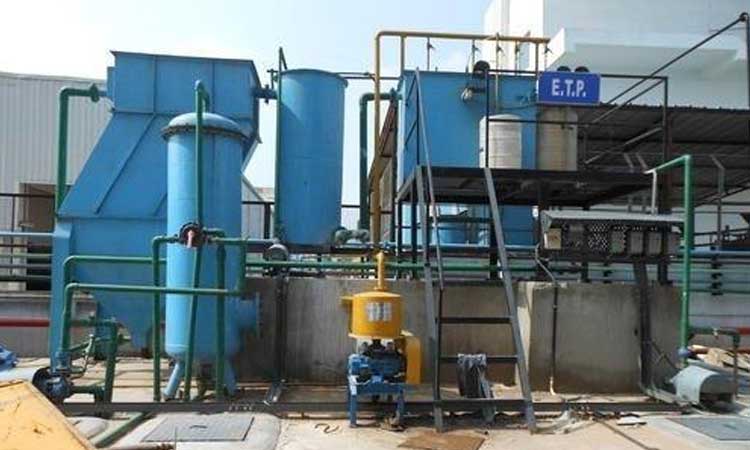

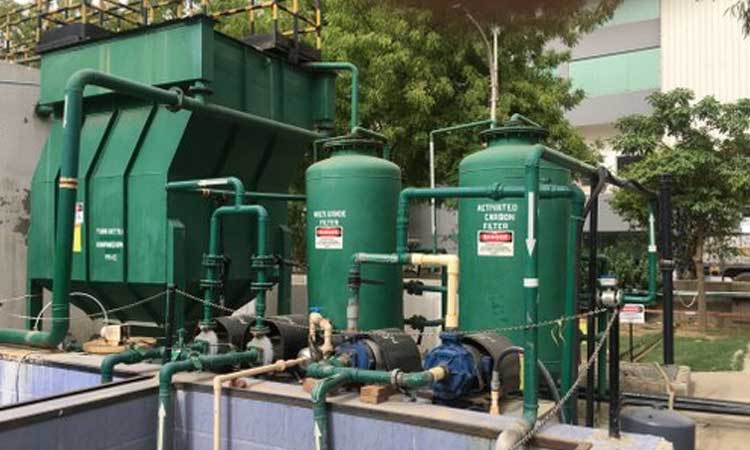

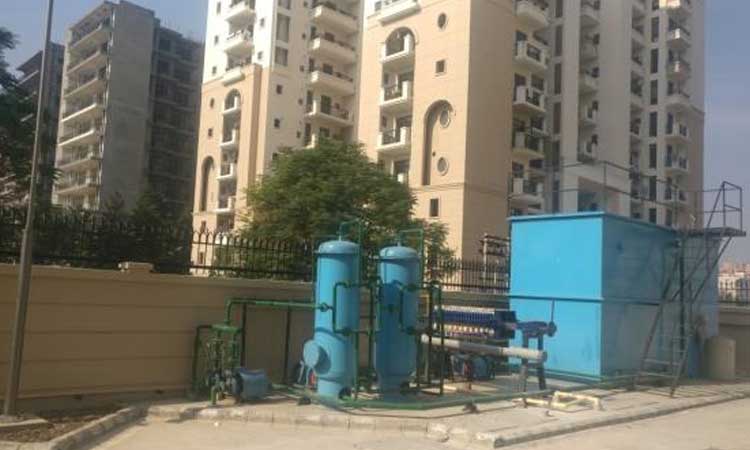
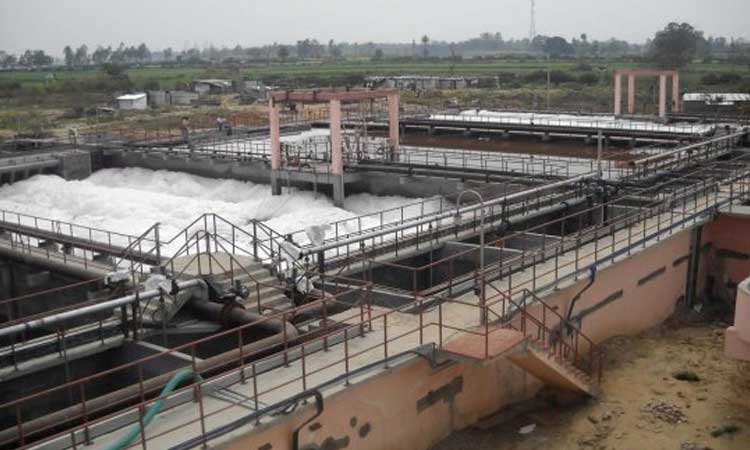
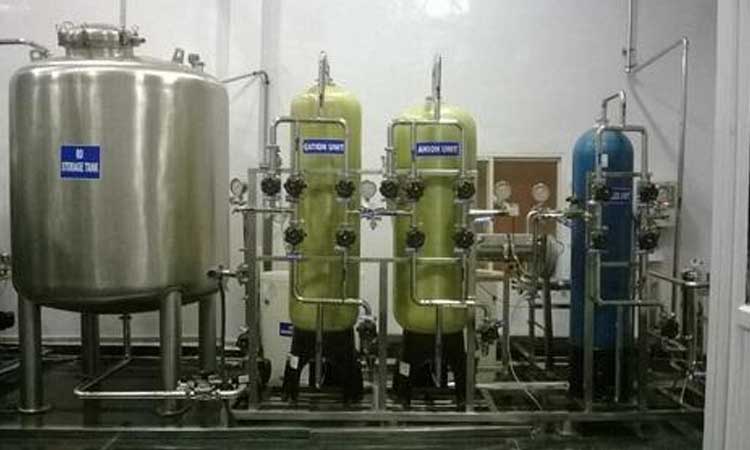

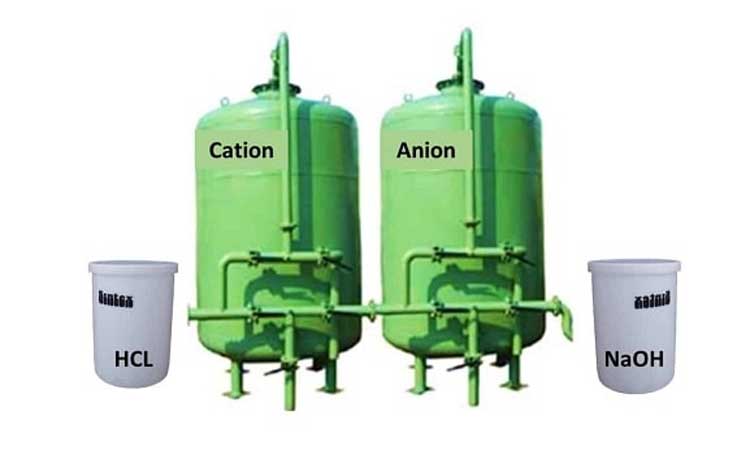

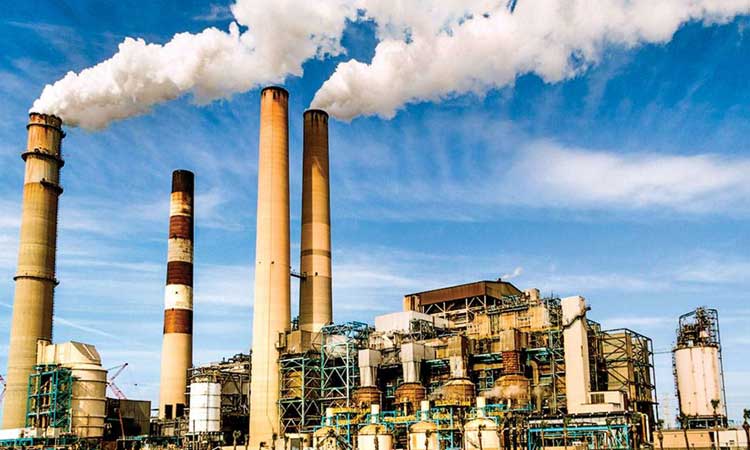
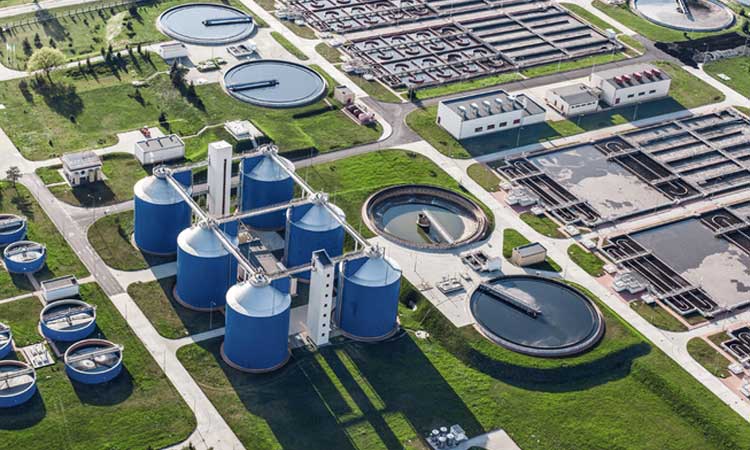

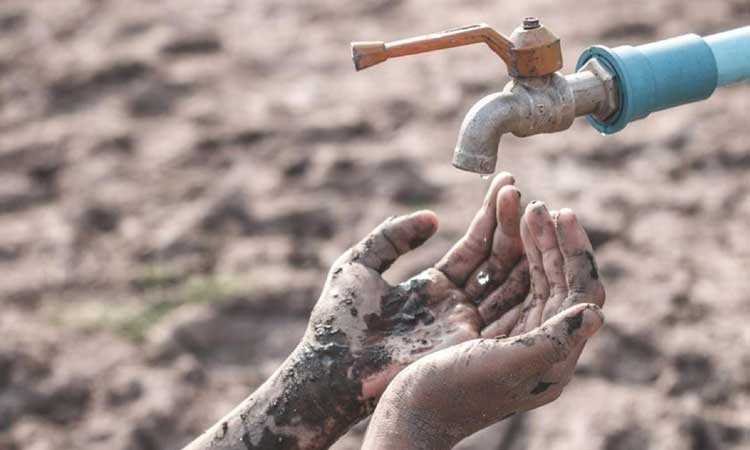
Comments
There are four simultaneously happening processes through which this water filters out. They are: Biological Filtration, Mechanical Trapping, Adsorption and Natural Death.
Agriculture industry, specifically the fertilizers that go into farming need wastewater management the most. Water is needed to heat up the raw chemicals and then cool the final product down.
The Treatment of the Effluent ; controlling the BOD COD level in the Effluent water. And after different stages of treatment, the output is released in environmentally friendly manners.